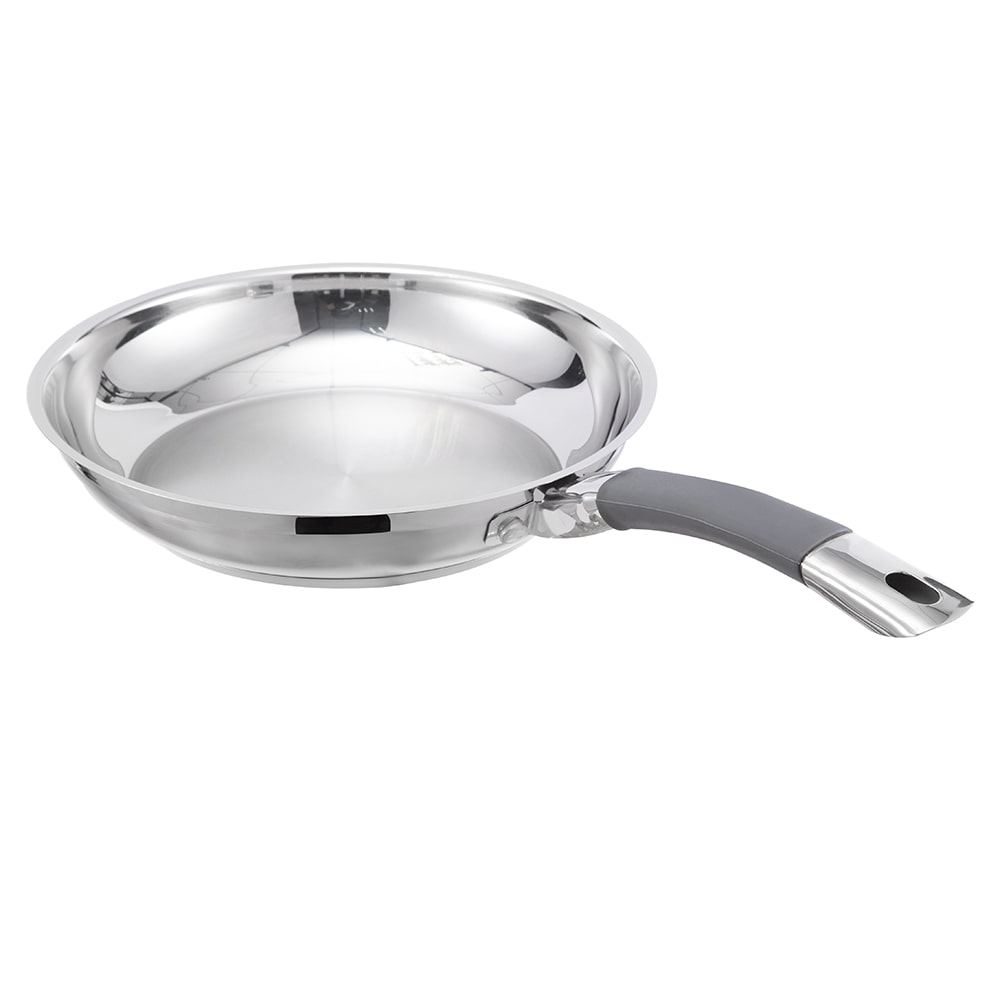A non-stick coated aluminum frying pan without lid is a popular kitchen tool due to its lightweight construction, excellent heat conduction, and ease of cooking with minimal oil. However, improper cleaning and maintenance can degrade the non-stick coating, reducing its lifespan and performance.
Understanding the non-stick coated aluminum frying pan without lid
Before diving into cleaning and maintenance, it’s essential to understand the construction of a non-stick coated aluminum frying pan without lid. The pan typically consists of an aluminum base, which ensures even heat distribution, and a non-stick coating (often PTFE or ceramic) that prevents food from sticking. Since there is no lid, exposure to air and rapid cooling can sometimes affect cooking performance. Proper care is necessary to prevent scratches, warping, and coating deterioration.
Daily cleaning practices
1. Cooling before cleaning
Always allow your non-stick coated aluminum frying pan without lid to cool before washing. Sudden temperature changes (such as rinsing a hot pan with cold water) can cause warping, which may lead to uneven heating over time.
2. Hand washing vs. dishwasher
While some non-stick coated aluminum frying pans without lid are labeled as dishwasher-safe, hand washing is strongly recommended to preserve the coating. Dishwasher detergents can be harsh, and prolonged exposure to high heat and strong jets may degrade the non-stick layer. Use warm water, a soft sponge, and mild dish soap for best results.
3. Avoiding abrasive tools
Steel wool, scouring pads, and harsh brushes should never be used on a non-stick coated aluminum frying pan without lid. These can scratch the surface, making it less effective over time. Instead, opt for a soft sponge, nylon brush, or non-abrasive cloth.
4. Dealing with stuck-on food
If food residues are stuck, soak the pan in warm, soapy water for 10–15 minutes before gently scrubbing. For stubborn residues, a paste of baking soda and water can be applied, then wiped away with a soft cloth. Avoid using metal utensils or sharp objects to scrape off food.
Long-term maintenance tips
1. Proper storage
To prevent scratches, avoid stacking other pots and pans directly on the non-stick surface. If stacking is necessary, place a soft cloth or paper towel between pans. Hanging the pan or storing it separately can also help maintain the coating.
2. Avoiding high heat
While aluminum heats quickly, excessive heat can damage the non-stick coating over time. Medium heat is usually sufficient for most cooking tasks. Prolonged high-heat exposure can cause the coating to break down, reducing its effectiveness.
3. Using the right utensils
Wooden, silicone, or plastic utensils are ideal for a non-stick coated aluminum frying pan without lid. Metal utensils should be avoided as they can scratch and chip the coating.
4. Regular inspection
Check your pan periodically for signs of wear, such as peeling, flaking, or deep scratches. If the coating is damaged, it’s best to replace the pan, as ingesting flakes of non-stick material may pose health risks.
Common mistakes to avoid
- Using cooking sprays excessively: Some sprays contain lecithin, which can build up and create a sticky residue. Instead, use a small amount of oil applied with a brush or paper towel.
- Preheating an empty pan: This can overheat the coating, causing it to degrade faster. Always add a small amount of oil or food before heating.
- Ignoring minor scratches: Small scratches can worsen over time, leading to larger areas of coating failure. Address them early by adjusting cleaning habits.
When to replace your non-stick coated aluminum frying pan without lid
Even with proper care, non-stick coatings don’t last forever. Consider replacing your pan if:
- The coating is visibly peeling or flaking.
- Food sticks consistently despite proper use.
- The pan has warped, causing uneven cooking.
Proper cleaning and maintenance of a non-stick coated aluminum frying pan without lid can significantly extend its lifespan and performance. By following these guidelines—hand washing, using gentle tools, avoiding high heat, and storing properly—you can keep your pan in excellent condition for years. Regular inspection and timely replacement ensure safe and efficient cooking experiences.
 No. 1, Jingwei Road, Yangcheng Lake Town, Xiangcheng District, Suzhou City, China
No. 1, Jingwei Road, Yangcheng Lake Town, Xiangcheng District, Suzhou City, China [email protected]
[email protected] +86-13913553688
+86-13913553688
 search
search
 中文简体
中文简体 English
English русский
русский Français
Français Español
Español 日本語
日本語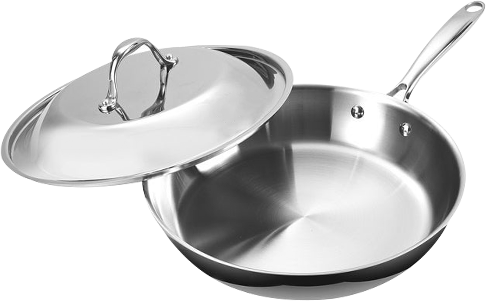
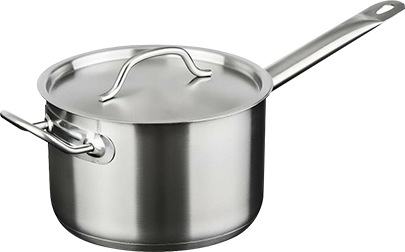
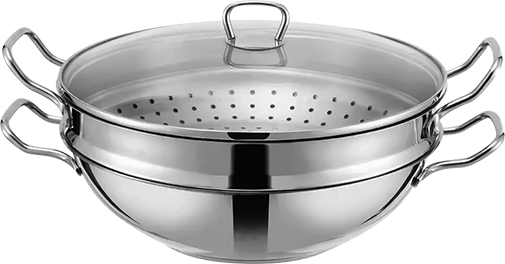
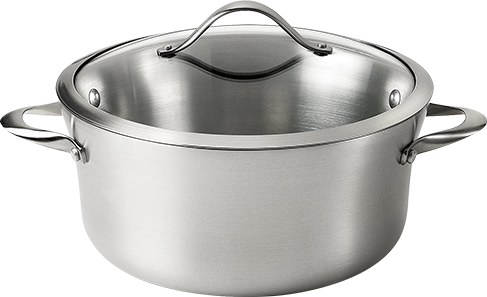
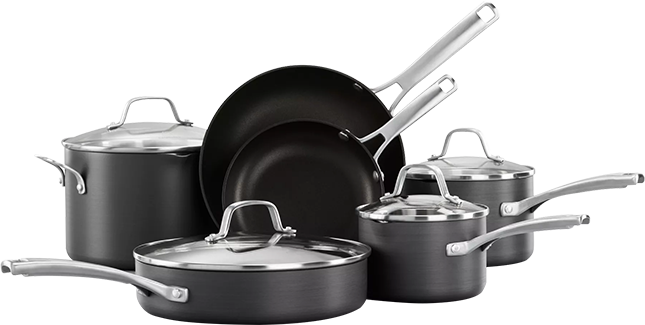


-4.jpg)
-1.jpg)
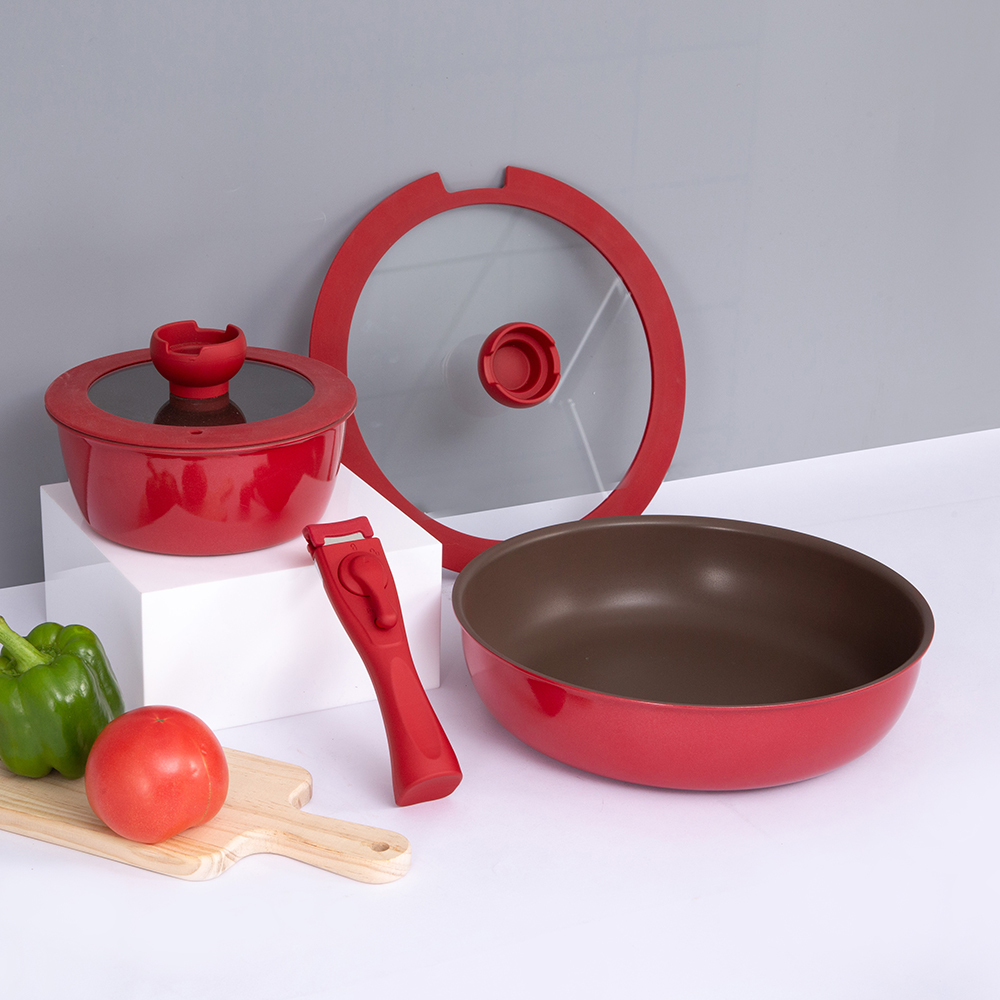
-3.jpg)
-5.jpg)
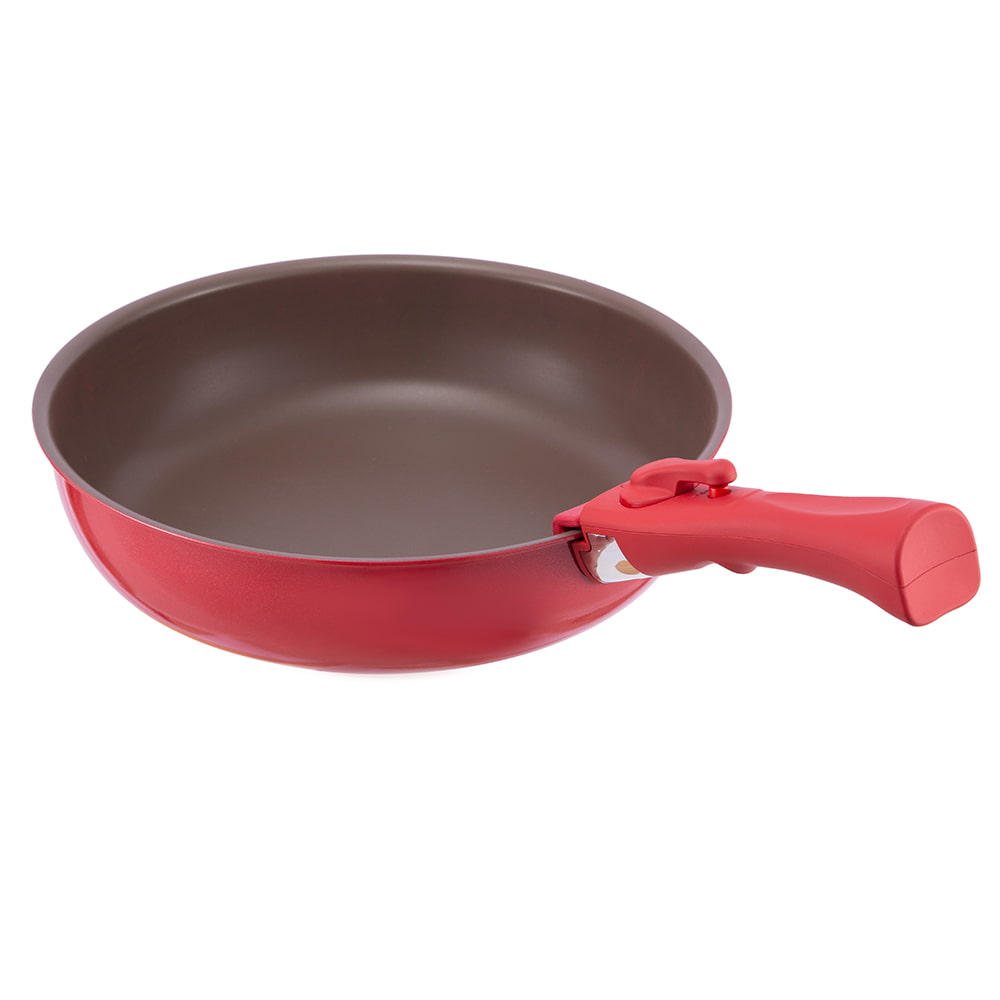
-3.jpg)
-9.jpg)
-3.jpg)
-14.jpg)
